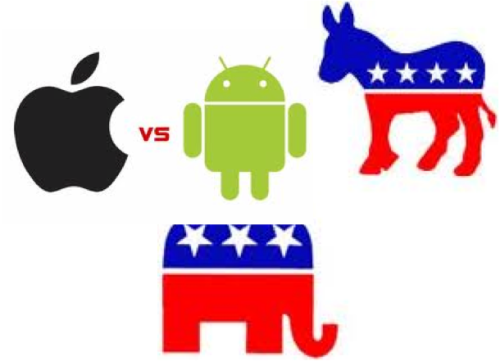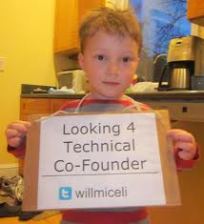Yesterday, I attended the above mentioned talk at TiE Silicon Valley and picked up some very interesting nuggets that could be useful to other startups. Yes, many of these seem like common sense sales techniques, but all startups should keep these in mind especially if they are selling to the enterprise. Thanks to TiE and especially to Monica Hein of IBM in moderating the panel in an excellent way.
The three panelists included:
- Shamyo Chatterjee, CIO, Callidus Software Inc.
- Chris Bedi, CIO, JDSU
- Jessica Denecour, Senior Vice President and CIO, Varian Medical Systems
There was no prepared presentation and Monica ensured the session was informative and informal. I was pleasantly surprised with the frank and open discussions from all three CIOs which provided some interesting insights to the audience. After the session, Shamyo, Chris and Jessica stayed for quite a while offering advice on a one-on-one basis.
If you can get a hold of the video of the session you should watch it. Short of that, here are some of the nuggets I picked up.
There are four key questions that this session answered:
- How can I get CIOs to respond to me?
- What are the top priorities of CIOs?
- How to esnure a successful POC?
- What other hurdles should you expect?
How can I get CIOs to respond to me?
“I can’t get CIOs to respond to me” was a common complaint from all entrepreneurs in the room. Well, the good news is you are not alone and the bad news is that you are not alone. On an average, a typical CIO in Silicon Valley gets in excess of few hundred solicitations for various products from startups. So how do I get attention?
Here are some key points:
If your message resonates with the CIO’s key priorities, you are likely to get a response
- Persistence is key – Jessica gave an example of a sales guy from Blue Jean Networks who persisted and she finally agreed to meet with him
- Reach out to CIOs with some reference – Chris mentioned that coming through someone they know would get you on top of their queue
- How – Phone calls are probably dead for most people, Email may work for some and Linkedin for others
- Hangout at same places as CIOs do – not a Google Hangout but sessions like this like – a personal connection goes further, even in this age of virtual social networks
What are the top priorities for the CIOs?
This is a harder question to generalize but all of the CIOs agreed with the following at broad level:
- Mobilization of enterprise is one of the top CIO priorities – for some it may be just getting infrastructure issues like MDM, for others it is mobilizing their enterprise applications.
- Sales enablement or empowerment is and will continue to be hot; technologies that help to increase sales and sales productivity
- Big Data was probably the most controversial topics – a priority for Chris while Jessica saying she wasn’t interested
So how do you know what are the priorities of the CIO at a particular company?
Look at the company’s annual report. You can clearly see the CEO’s priorities and CIOs derive some of their priorities from that. A great suggestion from the audience is for CIOs to share their priorities like CIOs of government organizations do. The panel considered this impractical for commercial enterprises.
How do you ensure a successful POC?
You got CIO’s attention and you have a great product. Before buying from anyone, especially a startup, CIOs will insist on a proof of concept (POC) with their systems. Of course, you want the POC to be successful as that is the next hurdle to getting that purchase order (PO).
For a successful POC, the company and the CIO must agree on a clear definition of success – this will vary from product to product. If you need resources from the company, specify them upfront.
What other hurdles will should you expect?
As sexy as it may sound for a startup to land a large enterprise, consider that big companies can overwhelm a startup. Make sure your startup is ready for the challenge. Can you really provide the level of support they demand? If providing SaaS, can you scale? Can you offer 24/7 service?
In most large companies, you must be approved as a vendor and that means evaluating the viability of your startup. If you provide a differentiated product with significant business value the enterprise needs, the bar may be low. If you are in the middle of the enterprise’s mission critical systems, the bar will be very high. In any case, the right funding, customer references and your team are critical aspects that demonstrate your viability.
Oh yes, if this is one of your early large customers, don’t expect to get your market price. CIOs that go on a limb to buy from startups will want a good deal – a very good deal. Before you offer that discounted pricing, get the CIO to agree to some soft benefits like take reference calls or make some calls to their buddies in the business.
Conclusion
Reaching and selling to a CIO is no different than any other sale. The key is to know where your company’s value proposition sits in relation to the CIO’s priorites. Once you are in, ensure that you have well defined criteria for the proof of concept – both entry and exit. The road to PO will include the test of viability every startup should be prepared to deal with.




